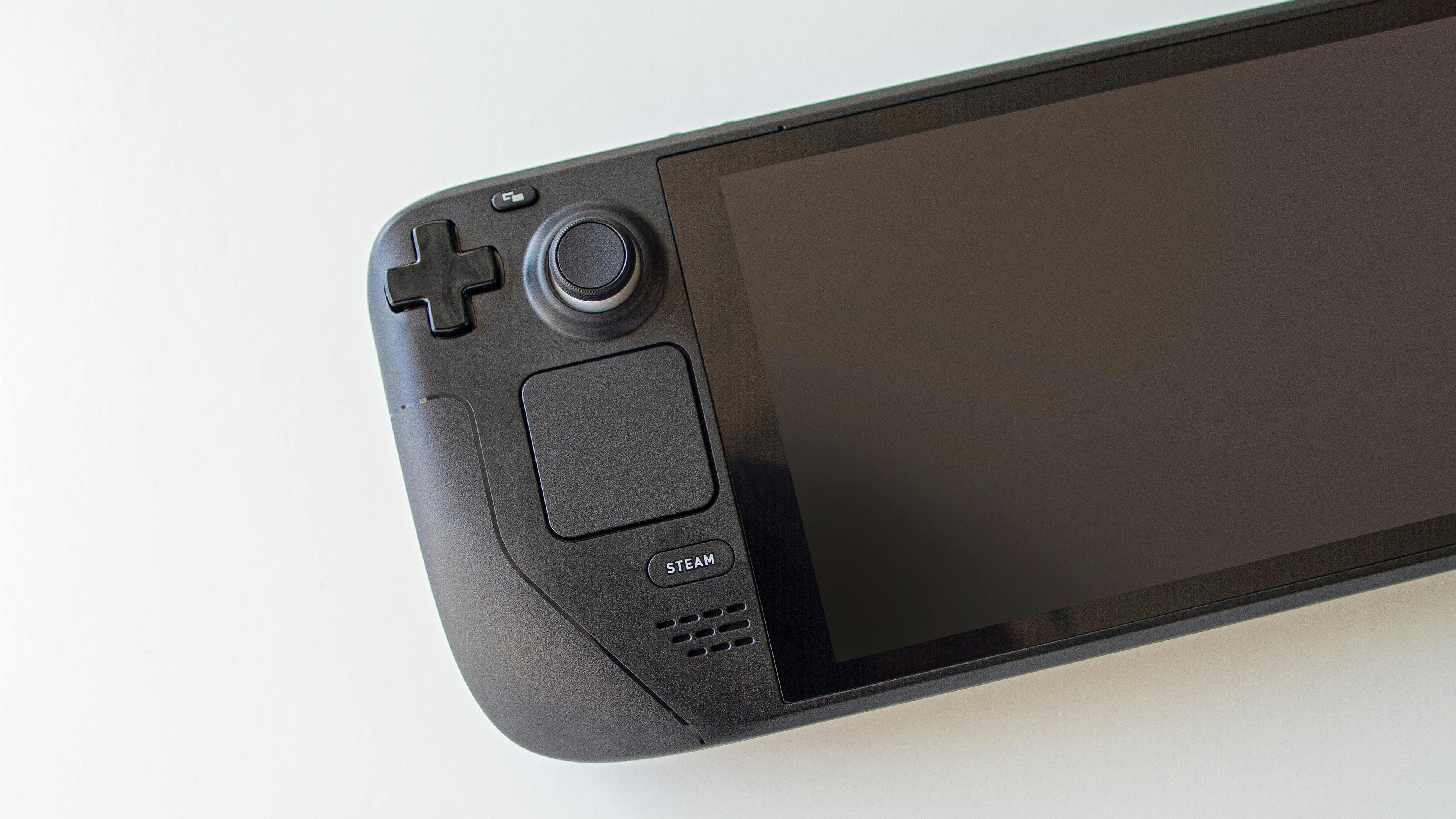Monster Hunter: Wilds is Capcom’s next chapter in their beloved action RPG series. With stunning visuals, massive creatures, and dynamic environments, it’s shaping up to be the most immersive Monster Hunter game yet. Anyone new to the franchise can enjoy the latest installment, but may need some more guidance when stepping into this world.
Even if you’re not new to the franchise and just want to sharpen your skills, this Monster Hunter: Wilds beginner guide will walk you through everything you need to know.
What is Monster Hunter: Wilds?
Monster Hunter: Wilds is an open-world action RPG where you take on the role of a hunter tasked with slaying or capturing massive beasts in ever-changing environments. A successor to Monster Hunter World, Wilds introduces more exploration, complete with dynamic weather and even more nuanced monster behaviors.
Monster Hunter: Wilds Beginner Guide: Getting Started
Although you don’t need to have played Monster Hunter: World before playing Wilds, if you haven’t played the previous game, you’re most likely not familiar with the core mechanics.
For a successful journey in Monster Hunter: Wilds, here are some steps you should take before heading out on your first hunt:
Choose the right weapon: There are 14 different weapon types, but for beginners, the Sword and Shield, Long Sword, or Bow offer solid damage with forgiving mechanics.
Understand armor and resistances: Early game armor might look cool, but always choose pieces that complement your playstyle and offer elemental resistance to match your current hunt.
Explore your environment: Wilds feature dynamic biomes and weather systems, which impact monster behavior. That means learning the landscape can give you a tactical edge.
Prepare before each hunt: Gather herbs, mine ore, and craft potions before heading out, as a bit of prep can make a vast difference mid-hunt.
Build suggestions: Focus on armor sets that boost survivability, such as those with Defense Boost, Health Boost, or Evade Extender.
As you progress, you’ll develop your preferences and routines before hunting. These tips provide a good starting point as you get the hang of the game.
Monster Hunter: Wilds Tips for Early Game Success
The early stages of Monster Hunter Wilds are where you’ll lay the groundwork for long-term progression.
The following tips will help you deal more damage, and avoid frustrating mistakes:
Eat before every hunt: Meals provide stamina, health, or attack boosts, so always check the canteen or your camp options before departing.
Study monster patterns: Most monsters have tells that show when they’re about to charge, roar, or flee. Learning these signals can help you avoid deadly hits.
Use the terrain: Environmental features can turn the tide of battle, as you can lure monsters into hazards or use height for powerful jump attacks.
Don’t go it alone: Hopping into multiplayer and hunting with others can be helpful if you’ve been struggling against a particular monster.
Upgrade often: Upgrading weapons and armor regularly helps you keep pace with rising difficulty and new monster abilities.
Apply these Monster Hunter: Wilds beginner tips consistently, and you’ll breeze through early quests and be ready to tackle even tougher foes in no time.
Monster Hunter: Wilds Tips for Tracking and Hunting Monsters
Monster tracking is just as important as knowing how to fight. Efficient tracking saves time for more successful hunts.
Here are some Monster Hunter: Wilds tracking tips:
Follow footprints and markings
Learn monster routes and behaviors, as they have specific patrol and migration patterns.
Bring the right tools to your monster battles.
Capturing monsters often yields better rewards and can be a faster way to end a battle.
Refining your tracking skills means you’ll spend less time searching and more time succeeding.
Monster Hunter: Wilds Tips for Multiplayer and Co-op Hunting
Monster Hunter Wilds shines in multiplayer, especially if your team is more coordinated.
These tips will make you a valuable team player:
Coordinate roles: Designate players to focus on tanking, damage, or support. A balanced team composition leads to smoother hunts.
Use voice chat or pings: Let others know when a monster is enraged when you’re placing a trap or if you need healing.
Share resources: Use wide-range buffs, healing items, and support gear to help teammates.
Watch your spacing: Avoid clustering around the monster to reduce the chance of friendly fire.
Working as a team will help you clear hunts faster, and you may even make some new friends along the way.
Monster Hunter: Wilds Guide to Progression
Progression in Monster Hunter Wilds is layered, blending exploration, gear upgrades, and narrative advancement. Knowing where to focus can help you move forward more effectively.
If you want to make good progress in the game, here’s what you need to know:
Choose key quests vs. optional: Key quests push the story forward and unlock new monsters or maps. Optional quests offer materials, money, and bonuses, but you don’t need to do them to progress.
Switch gear often: Tailor your gear to the monster’s weaknesses.
Inventory management: Keep your pouch clean with only the essentials, such as potions, traps, whetstones, and ammo or coatings.
Use crafting stations: Regularly return to town or camp to craft gear, upgrade armor, and check for new equipment blueprints.
Smart progression means adapting to what the game throws at you, so make sure you keep organized and don’t be afraid to experiment with new builds.
Advanced Tips for Monster Hunter: Wilds
After learning the basics, these advanced strategies help elevate your game, enabling you to maximize the potential of your gear.
These strategies include:
Use the Hunter’s notes to find a monster’s specific weaknesses and match your weapon’s element for extra damage.
Status effects: Use weapons that inflict poison, sleep, paralysis, or blast damage to control the pace of battle or set up devastating combos.
Skill synergy: Armor skills aren’t just about boosting stats. Combine effects like Critical Eye, Weakness Exploit, and Quick Sheath for high DPS or survival-oriented builds.
Efficient farming: If you’re hunting the same monster repeatedly for gear, optimize your loadout and learn its patterns to speed up fights and minimize resource usage.
Mastering these techniques ensures you stay one step ahead of even the most fearsome monsters—and sets the stage for dominating endgame content.
Get a High-Quality Gaming PC to Play Monster Hunter: Wilds
Monster Hunter Wilds is a visually ambitious game that benefits tremendously from high-end hardware. A powerful gaming PC will help you experience the game at its fullest.
Here’s what you need to have in your build:
CPU: A multi-core processor like the AMD Ryzen 7 or Intel Core i7 for smooth multitasking and processing power.
GPU: NVIDIA GeForce RTX 3060 or better ensures crisp graphics and reliable performance.
RAM: 16GB DDR4 or DDR5 RAM for fast load times and lag-free gameplay.
Storage: At least 1TB of SSD storage to reduce load times and support big patches or expansions.
Want the best possible experience?
Shop high-performance gaming desktops and laptops from iBUYPOWER and get ready to hunt with maximum performance and style! Or if you want to spec out your dream machine you can visit our Gaming PC Builder for the ultimate customization options. We have excellent deals on our top-of-the-line gaming products, visit the iBUYPOWER coupons page and daily deals to find the latest discounts on our prebuilt PCs and gear! And every iBUYPOWER purchase gives rewards points and iBUYPOWER Cashback to be used on future purchases!
To stay updated on all things iBUYPOWER follow us on our socials
Instagram iBUYPOWER
Facebook iBUYPOWERPC
TikTok @iBUYPOWER
Reddit /r/iBUYPOWER
Discord iBUYPOWER






